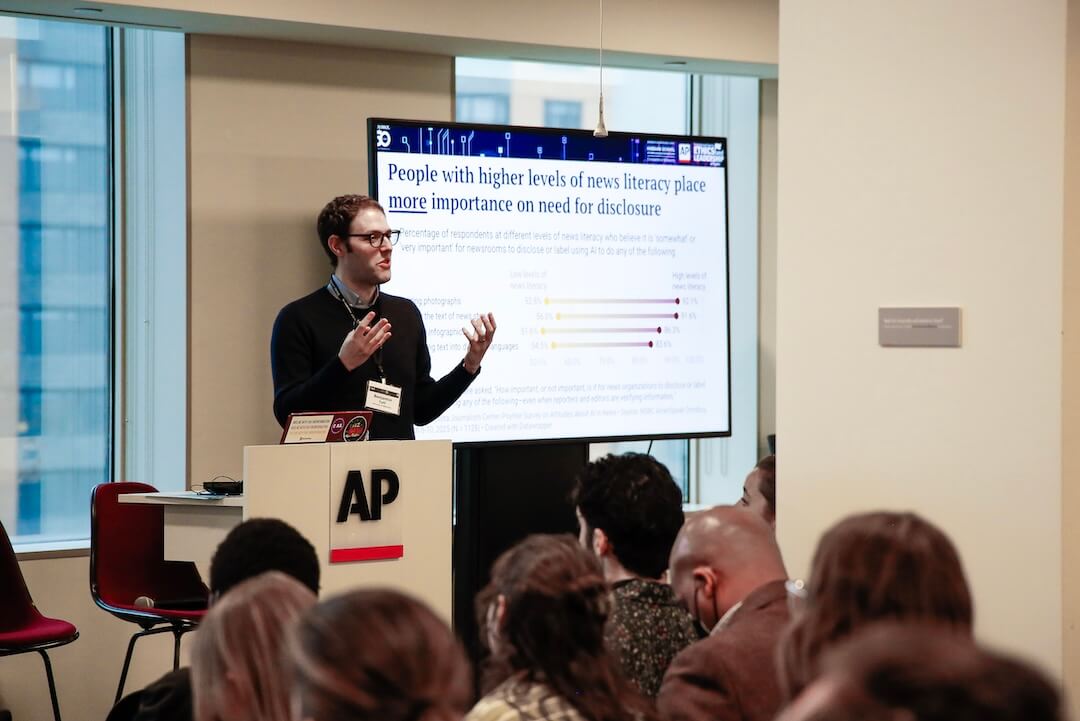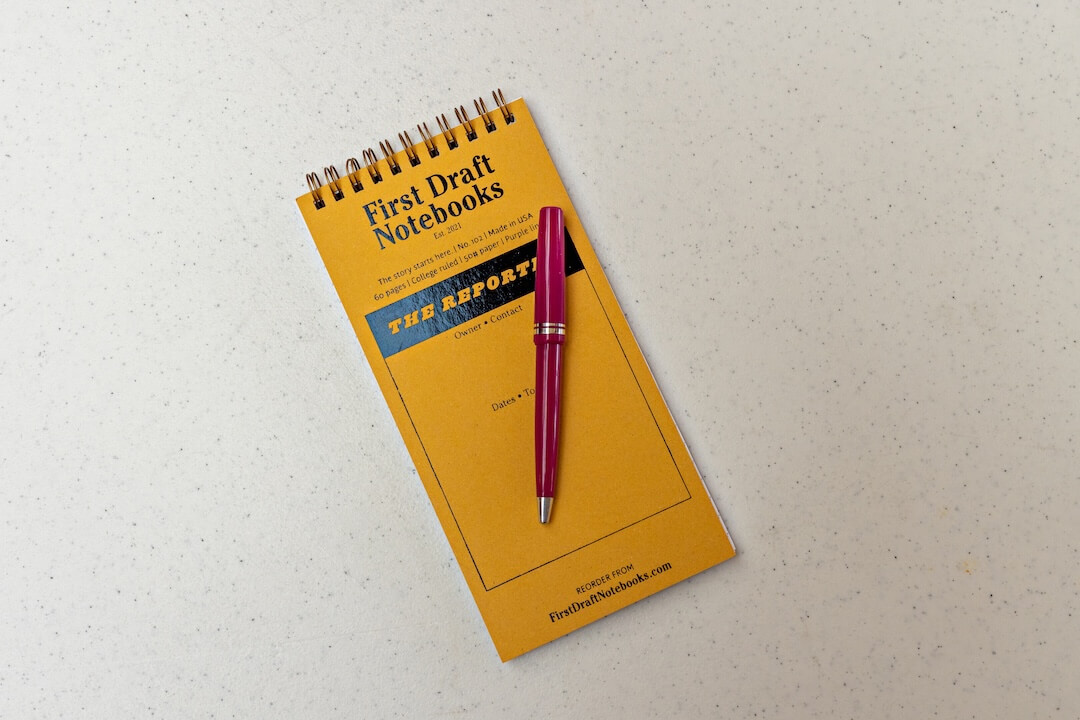Developed more than a century ago to take advantage of a new communications technology, the inverted pyramid remains a controversial yet widely used method of reporting news and will have a future in the 21st century, journalists in all media agree.
The inverted pyramid puts the most newsworthy information at the top, and then the remaining information follows in order of importance, with the least important at the bottom.
Historians argue over when the form was created. But they agree that the invention of the telegraph sparked its development so that it had entered into common use by newspapers and the newly-formed wire service organizations by the beginning of the 20th century.
Journalism historian David T. Z. Mindich argues that one of the first inverted pyramid leads was written by an Associated Press reporter after Abraham Lincoln was assassinated in April 1865:
To The Associated Press
Washington, Friday, April 14, 1865
The President was shot in a theater to-night and perhaps mortally wounded.
(For more historical background, see my article, “Birth of the Inverted Pyramid: A Child of Technology, Commerce and History.”)
The pyramid has to be big at the top because it must answer all the questions that readers have. Remaining information is arranged in diminishing order of importance.
The conventions of the inverted pyramid require the reporter to summarize the story, to get to the heart, to the point, to sum up quickly and concisely the answer to the question: What’s the news? The pyramid approach addresses the most important questions at the top of the story. It states the thesis and then provides supporting material.
Journalism has a love-hate relationship with the inverted pyramid. Its supporters consider it a useful form, especially good for breaking news. The inverted pyramid, or at least its most substantial element “the summary lead,” is used widely and is one of the most recognizable shapes in communications today. You’ll find it on the front and inside pages of most newspapers, as well as in stories distributed worldwide by The Associated Press, Reuters, and other news services elsewhere on the Internet.
“The inverted pyramid organizes stories not around ideas or chronologies but around facts,” says journalism historian Mitchell Stephens in “A History of News.” “It weighs and shuffles the various pieces of information, focusing with remarkable single-mindedness on their relative news value.”
Critics of the inverted pyramid say it’s outdated, unnatural, boring, artless, and a factor in the declining readership that newspapers have been grappling with for decades.
The inverted pyramid, its critics say, is the anti-story. It tells the story backward and is at odds with the storytelling tradition that features a beginning, middle, and end. Rather than rewarding a reader with a satisfying conclusion, the pyramid loses steam and peters out, in a sense defying readers to stay awake, let alone read on.
Despite decades of assaults, the pyramid survives.
In the memorable phrase of Bruce DeSilva of The Associated Press, “The inverted pyramid remains the Dracula of journalism. It keeps rising from its coffin and sneaking into the paper.”
There are good reasons for this staying power.
Many readers are impatient and want stories to get to the point immediately. In fast-breaking news situations, when events and circumstances may change rapidly, the pyramid allows the news writer to rewrite the top of the story continually, keeping it up-to-date.
It’s also an extremely useful tool for thinking and organizing because it forces the reporter to sum up the point of the story in a single paragraph. Journalism students who master it and then go on to other fields say it comes in handy for writing everything from legal briefs to grant applications.
The inverted pyramid and summary lead can be a challenging form for some journalists. At least, it was for me when I began reporting. Summing up three hours of a school board meeting or trying to answer the five Ws about a fatal car accident in a single paragraph, then deciding what other information belonged in the story — and in what order — was arduous and frustrating, especially with the clock ticking to deadline.
Also, as a beginner, I usually didn’t have the knowledge of the subjects I covered to easily answer the central question posed by the event: What was newsworthy about it, and in what order of importance? I resisted the disciplined thinking the pyramid demands, and like many reporters, scorned the form as uncreative and stilted. I preferred the storytelling approach of the fiction writer to the “just the facts” style of the reporter.
Over time, it became easier, and I came to see that the form helps develop the powers of critical thinking, analysis, and synthesis that are the foundation of clarity in thinking and writing. The inverted pyramid is a basic building block of journalistic style.
In the days of “hot type” printing, when stories had to be trimmed to fit a finite space, the inverted pyramid allowed editors, even the compositors who made up the pages in the back shop, to cut stories from the bottom up: no news judgment required. Technology continues to wield its influence. With studies showing that those who get their news from computers don’t want to look at more than a screen at a time, it’s not surprising that the inverted pyramid is widely used by online news organizations. (In 1996, Jakob Nielsen, an influential Web usability expert, envisioned “Inverted Pyramids in Cyberspace.”)
Like it or not, reporters in the 21st century have to be familiar with the form.
[ Thumbs up or down: Grant the inverted pyramid eternal life or drive a stake through its heart? ]
Excerpted from Reporting and Writing: Basics for the 21st Century (Oxford University Press).






